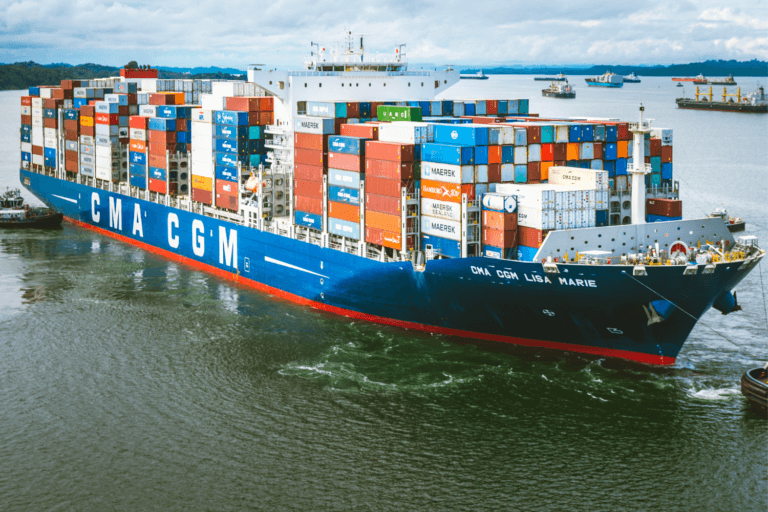The intensive use of tools and applications that fulfill this function through digital technology allows primary food production to take a quantum leap towards greater efficiency, carbon neutrality and rational use of natural resources, among other advantages, while fulfilling the time superior standards of quality, innocuousness and safety.
In a world scenario marked by the health crisis, geopolitical uncertainty, the impact of climate change and energy stress, food production takes on even more transcendental importance, due to the urgent need to guarantee its safe and innocuous supply to a population which is constantly growing.
Such a situation requires that food producers adopt measures to make their processes more efficient from the outset. This necessarily implies modernizing the techniques and tools used in the agri-food industry.
In this way, the sector must be able to maintain and even increase its production rate. At the same time, progress will be made towards sustainable and more efficient agriculture, both in the use of energy and natural resources, especially water.
More and better control process
The best tools that can provide the greatest contributions for the successful achievement of these strategic objectives are the digital checklists. This is, because they allow to systemize and order the whole operation according to a rational and logical schedule, optimizing the use of infrastructure, equipment, tools, water and energy resources, land and labor, among other critical factors.
For example, the use of an adequate field operations management system, controlled by a digital checklist, speeds up vital processes such as the monitoring of the different production phases, quality control, storage of products and raw materials, and all logistics operations that allow both the delivery of fresh food to public distribution channels (including fruits and vegetables), as well as supplies for companies that manufacture processed products.
Within this operational framework, the checklists also stand out for their ability to optimize critical information collection routines for the agribusiness sector.
They also guarantee, among other variables:
- The correct implementation of all food and labor safety standards for all personnel in charge.
- The correct state, during the planting, harvesting and distribution phases, of those highly perishable products.
- The generation of timely and effective corrective actions, without wasting time unnecessary waiting for instructions or decisions from other people distant from the process.
Another very relevant advantage of digital checklists in agribusiness is that they allow monitoring and control the state of the machinery and equipment used in agricultural production itself, such as slaughter machines, mowers, tractors, conveyor belts, balers, plows and other items.
In this way, the digital checklist allows us to carry out an adequate periodic, preventive and/or predictive maintenance program for each one of these equipment (according to the needs of each production unit).
They can also be used to operate and verify the status of irrigation systems, the operation of cold chambers or greenhouses, the status of companies’ logistics and distribution networks, and the distribution of staff hours, among other critical aspects that today are still managed through manual systems or basic spreadsheets.
Advantages and benefits
The main advantages of using digital checklists in agribusiness are the following:
- Greater ease and efficiency in the execution and monitoring of daily and strategic tasks.
- Optimization of preventive, predictive and/or scheduled maintenance controls and actions.
- Better use of physical, human and natural resources.
- Updating of operating protocols aimed at seeking continuous improvement in production processes.
- Speed of response in highly demanding or contingency scenarios.
- Minimization of the probability of human errors, thanks to the use of automated technologies controlled by software capable of detecting failures or problems accurately and immediately.
Support for the modernization of agriculture
Another relevant advance factor that digital checklists provide to agro-industrial activity is the modernization of the activities of the whole sector. A variable that acquires greater importance today, due to the progressive global implementation of the concept of “Agriculture 5.0”.
This trend, characterized by the progressive automation of tasks such as planting, harvesting, irrigation, energy use and transportation, is directly related to the application of checklists in all these areas of production.
This is due to the fact that modern agriculture today demands the use of highly technological equipment, whose operation requires, precisely, a level of control and monitoring that only digital checklists provide.
In this way, in an environment where agricultural work can be carried out by robots, drones and computers (controlled remotely through mobile devices connected to 5G data transmission networks), checklists become fundamental axes of coordination and guarantors. performance that today’s market demands.
A role that positions them as key elements to ensure, for example, the continuous and long-term operation of all the new machinery involved in the modernization of agriculture, within a scenario specifically designed to develop more productive efficiency and better safety standards.
For example, through a checklist app installed on a tablet, laptop or cell phone, an agricultural supervisor could control remotely and in real time the operation of a computerized drip irrigation system; as well as the scheduled overflights of a fleet of prospecting or fumigation drones; or the real orientation of the solar panels that provide electricity to a group of greenhouses, among other possible tasks of the new Agri 5.0
Factors that drive agro-industrial activity towards a scenario of quantum growth, and that, at the same time, allow it to consolidate a new and more efficient dimension of sustainability and carbon neutrality.
Characteristics that today are also essential to ensure a more “ethical and clean” production of food. As is also required by the new and demanding new generations of consumers.
In this sense, we should not forget that today agribusiness must combine the need to produce more healthy and affordable food, with the equally important imperative of not degrading the land and ecosystems, which will allow the sustainability of the population, without major future problems.
This implies, according to an analysis recently published by “The Economist” magazine, that over the next generation, farmers must produce more food than has been produced, cumulatively, since the first agricultural revolution 10,000 years ago.
A challenge in which technology and the use of highly efficient tools such as digital checklists are becoming increasingly relevant, both at the primary production level and at the industrial and logistics levels.
At DataScope we have the expertise and experience to deliver the best solutions and apps aimed at implementing the use of digital checklists, in this and other activities, industrial and productive, critical for the sustainable development of the economy.







